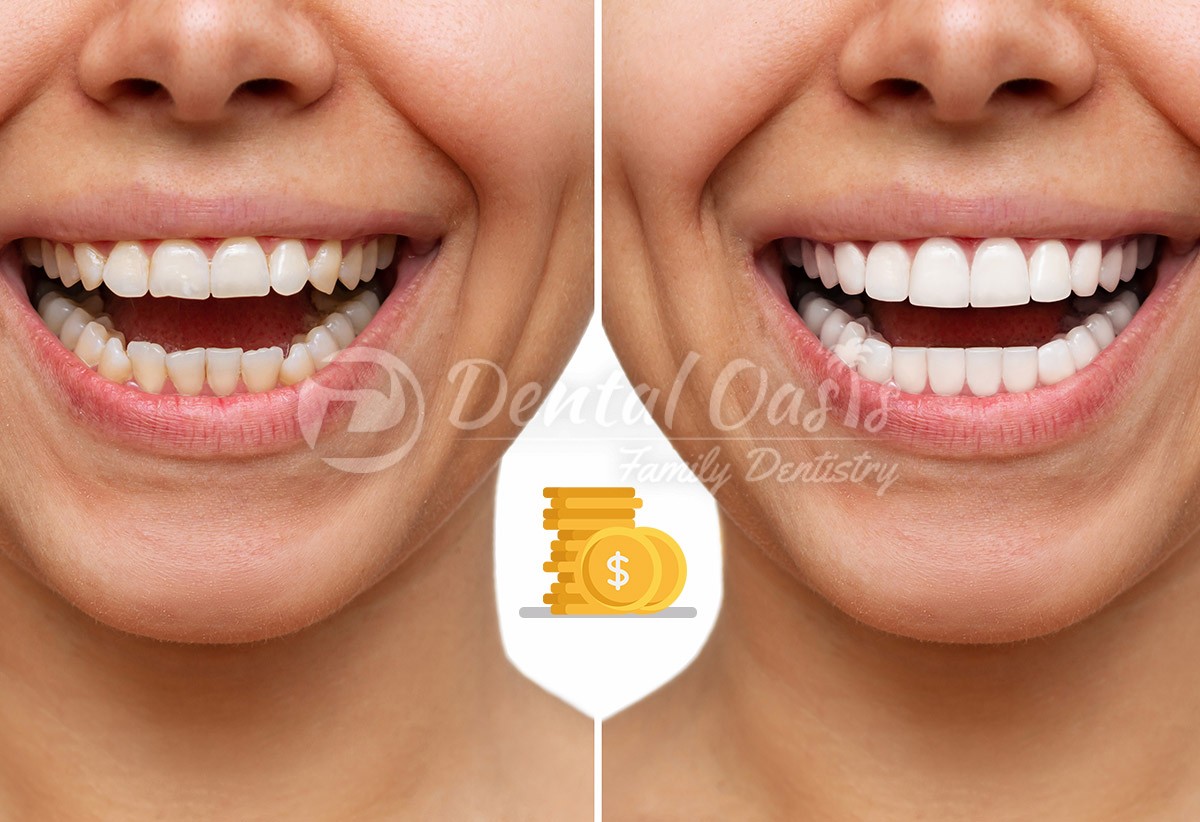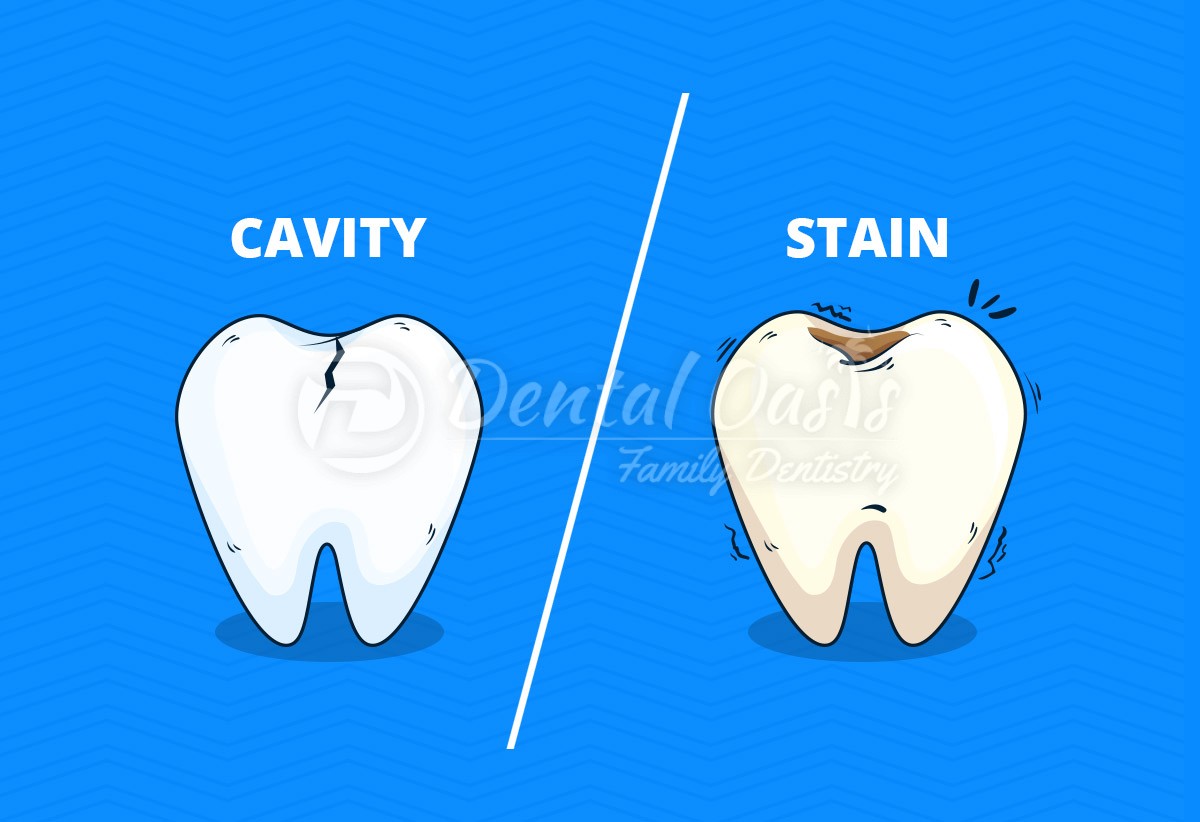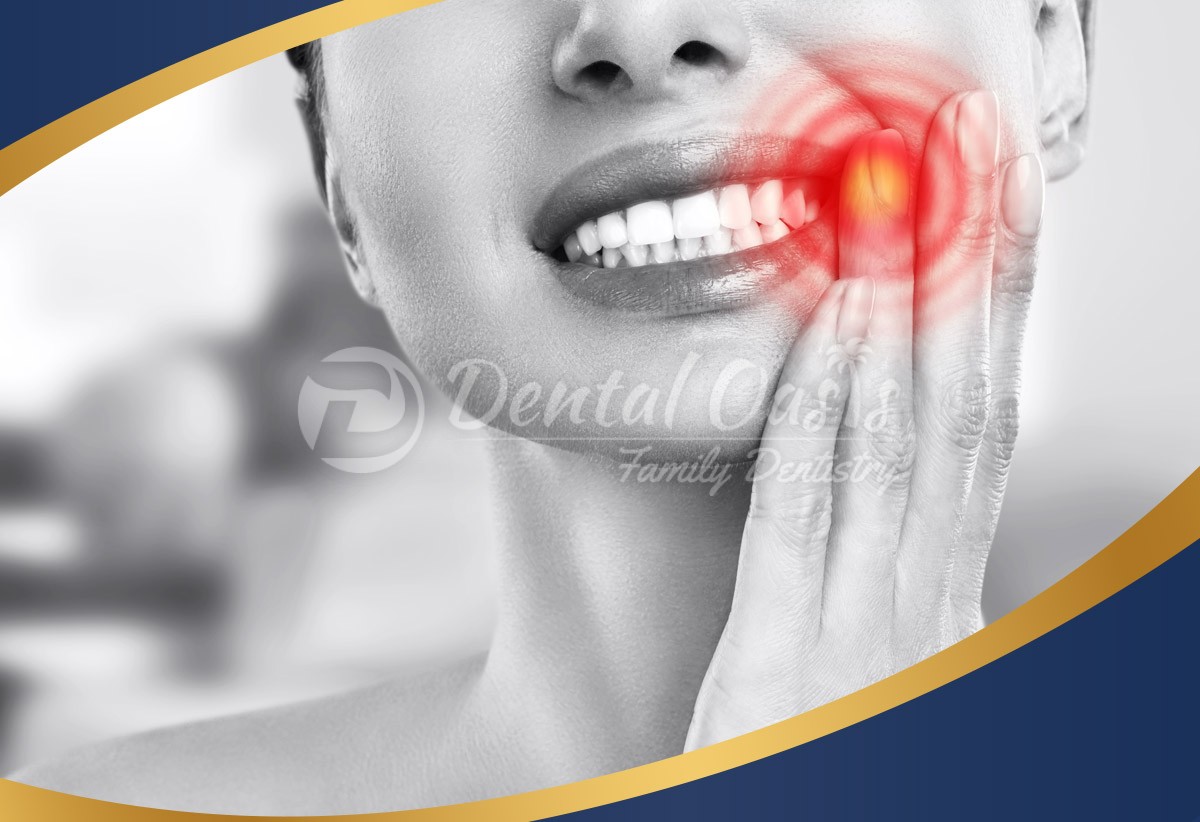How much does teeth whitening cost with/without insurance?

A bright smile not only enhances your personality but also boosts your self-confidence. Achieving brighter, shiner and whiter teeth is not a tough task. You can easily have whiter teeth within a few hours. Yes! This is possible, you can achieve your smile makeover with whiter teeth the very same day. The in-office whitening treatment (zoom teeth whitening) can help you get the whitest teeth if you want them urgently. Now, if you are wondering how much this miracle treatment would cost, continue to read this article. This article will throw light on how much teeth whitening procedure costs with and without insurance.
Does insurance cover Teeth Whitening?
Now, the foremost important question comes, does your insurance cover the in-office teeth whitening procedure? The answer is almost no. The teeth whitening procedure is a cosmetic procedure and most dental insurance does not cover cosmetic treatments. This is because dental insurance only pays for the procedure that is required to prevent or treat oral disease. For example, X-rays, scaling, root canal treatment, wisdom tooth surgery, fillings, tooth extraction, fractured tooth repair, etc. On the other hand, cosmetic procedures are meant to improve esthetics. Hence, these procedures are regarded as elective treatments and not as medically necessary. That is why the patient must pay for their dental cosmetic procedures.
How much does teeth whitening cost without insurance?
The in-office teeth whitening is quite an expensive treatment because of the results it provides in a shorter duration of time. It will cost you approximately $300 to $1000. This range totally depends on the area where the dental office is located, and the product used for whitening. In some cases, you can get it at a lower price if there are any special offers or discounts going on. So, you have to keep an eye on all the offers.
How much does teeth whitening cost with insurance?
As mentioned earlier, in-office teeth whitening treatment is not covered by most dental insurance. However, there are some dental saving plans which can provide some benefits and you can save 20 to 25% on the price of in-office whitening treatments with their plans. These plans come with some terms and conditions. Hence, before undergoing the whitening procedure, always check the details of these planes.
How can you whiten your teeth at a lower cost?
Now, if you want to whiten your teeth but cannot afford the in-office whitening treatment, then what are the alternative options you have? The other options are discussed below.
1. Take-Home Whitening Trays
These are custom-made trays (opalescence) made at the dental office. The dentist takes an impression of your teeth and a custom tray that fits your teeth will be fabricated. Once you receive your tray, you will be given whitening gel in a syringe. You will have to load the gel in the tray and wear the tray as per the recommended time and duration (30 to 60 min for 10 to 14 days). The results that it provides are nearly identical to those of in-office teeth whitening. The only difference is the process is spread out over many days. They will cost you around $100 to $600.
YOU MAY ALSO LIKE: Teeth Whitening Vs Bleaching
2. At-Home Teeth Whitening
The most affordable type of teeth whitening is at-home whitening. However, it is not quick as an in-office treatment. It will not give you instant results on the very same day. This procedure takes several days to show its results.
- The available options for at-home teeth whitening include whitening strips that you have to wear on your upper and lower arch and leave for the recommended duration and time for several days. It will cost you around $10 to $22.
- Another option includes a whitening tray which is one size that can cost you around $40 to $200. The trays may already be loaded with gel, or you may need to apply it each time you wear them.
- Apart from these, LED teeth whitening products are available that will cost you around $40 to $300. These light-activated LED whitening kits include whitening trays that may be purchased over the counter and a compact handheld lighting device. They function by causing oxidation, which speeds up the removal of stain particles. However, they take a little bit more time and effort to use, which is why some people find them more difficult to work with. In comparison to alternative trays or strips on the market, home LED whitening kits usually work faster.
- Whitening toothpaste can cost you around $3 to $18. It is the cheapest option for teeth whitening. However, the results may not be that appealing. You can easily find them in any store or e-commerce platform.
Are there any side -effects of teeth whitening?
Teeth whitening procedures might come with some side effects. The major side effect is teeth sensitivity. Every whitening method does result in some kind of sensitivity. In the case of in-office teeth whitening, the sensitivity is more as compared to at-home whitening. This is because the percentage of concentration of the whitening gel (peroxide) is high in in-office treatment. Also, it is left on the tooth surface for a longer duration of time.
Additionally, patients who already have sensitivity issues, root cavities, tooth decay, and gum diseases are not eligible candidates for this procedure. Because whitening can make their dental problems worsen. Furthermore, whitening cannot work on caps or fluorosis stains, and teeth with internal discolorations. For these kinds of discolorations, dental veneers are the best option.
How long does teeth whitening lasts?
The in-office whitening treatment lasts for around one year or maybe more than that. Custom whitening trays usually last for six months to one year. Whitening strips retain their results for up to six months. The results of the whitening toothpaste can last up to three to four months only if used consistently.
To conclude, teeth whitening is a cosmetic procedure that can cost you according to your urgency. You can choose cheaper options like at-home whitening if you can wait to see the results. On the other hand, if you have a big event to attend like a wedding or show, you should choose the expensive and instant in-office whitening.
If you are living in the nearby area of Pleasanton, then you should contact Dr. Sharda Patel. At Dental Oasis Family Dentistry, we accept many dental insurances to make your smile beautiful. You can contact us at office@dentaloasispleasanton.com or schedule a dental appointment now to make your teeth whiten.







